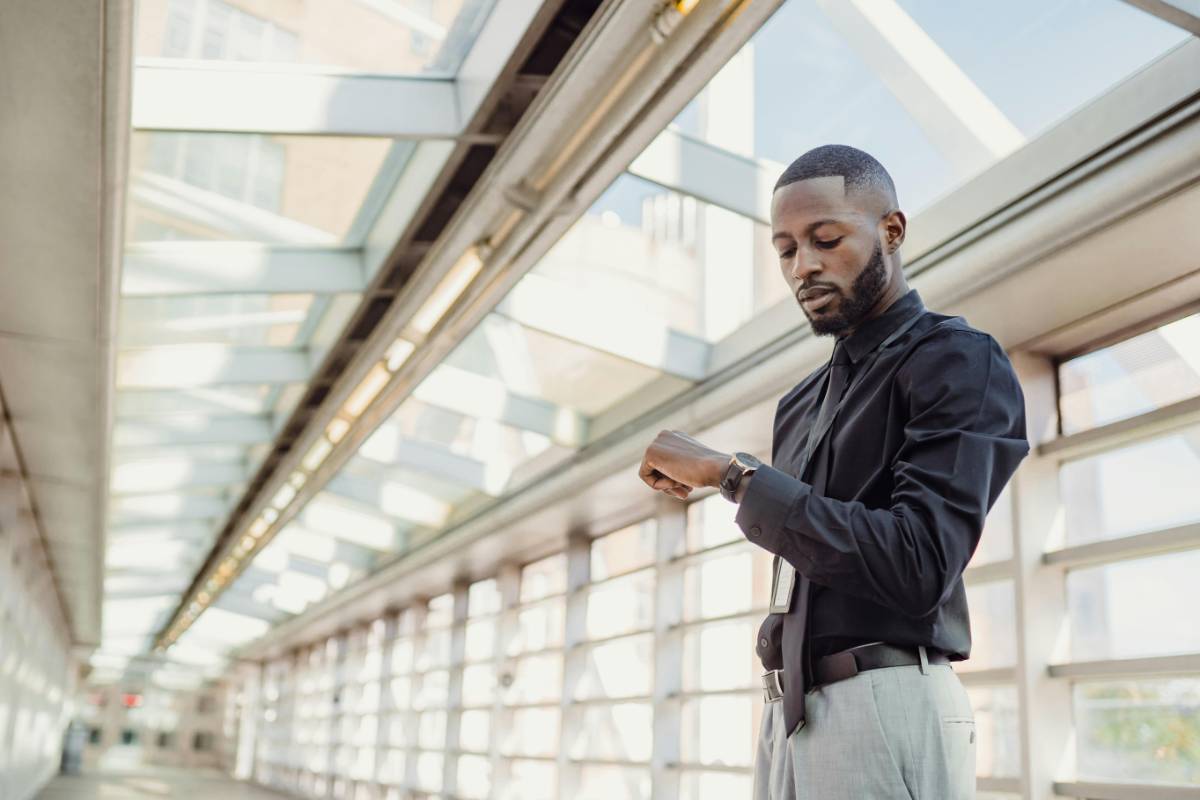

Finding the right balance between style and professionalism can be a challenge when dressing for the office. However, with a little creativity and careful planning, it’s possible to look polished, stylish, and confident without compromising on professionalism. Let’s dive into the essentials of office fashion and how to create a wardrobe that fits both your career and your personal style.

Before building your office wardrobe, it's essential to understand the dress code of your workplace. Some offices have a strict corporate dress code, while others have a more business casual or even creative approach to attire. Whether it’s a formal corporate office or a casual start-up environment, knowing the expectations can help guide your wardrobe choices and ensure you’re always dressed appropriately.
For corporate settings, opt for tailored suits, conservative colors, and subtle accessories. For more casual environments, you can experiment with modern separates, adding personality while keeping a polished look.
One of the key elements of office fashion is the fit of your clothing. Tailored pieces, such as well-fitted blazers, trousers, and skirts, will elevate your professional appearance and give you a sharp, polished look. Investing in a few high-quality tailored pieces can ensure you always look put-together, even when you’re running late.
Tailoring makes even simple garments look more sophisticated. For example, a fitted blazer paired with tailored trousers can instantly elevate a basic shirt and transform it into a stylish office outfit.
When it comes to building an office wardrobe, versatility is key. Invest in pieces that can be easily mixed and matched to create different outfits throughout the week. A crisp white shirt, a pair of black trousers, and a neutral blazer are all great options that can be dressed up or down depending on the day’s agenda.
By focusing on neutral colors like black, navy, grey, and beige, you’ll have a foundation for creating endless combinations while ensuring your wardrobe remains professional.
Accessories are a great way to add a personal touch to your office outfit without sacrificing professionalism. A statement watch, a classic handbag, or a silk scarf can elevate a simple outfit and make it feel unique to you. Be mindful of the size and color of your accessories—subtle, elegant pieces will add sophistication without overwhelming your look.
It’s also important to consider your accessories’ functionality. A sleek, structured bag that can hold all your essentials will complement a professional look while remaining practical for your daily needs.
Business casual is becoming increasingly popular in many offices, providing an opportunity to express your personal style without crossing into overly casual territory. When dressing business casual, think of it as a balance between formal and laid-back styles. Opt for tailored trousers or chinos paired with a button-down shirt, blouse, or knit top. Skirts and dresses that fall below the knee can also work well for business casual settings.
For a more polished look, avoid overly casual pieces like denim jeans or T-shirts, and instead opt for more refined fabrics like cotton, wool, and silk.

While it’s important to express yourself through your clothing, it’s essential to maintain professionalism in the office. Avoid clothing that shows too much skin, such as low-cut tops, skirts that are too short, or overly tight garments. Opt for clothing that provides good coverage while still highlighting your best features.
A well-fitted dress with a high neckline or a blouse paired with tailored trousers can be just as stylish as a more revealing outfit while maintaining professionalism.
The fabric of your clothing plays a significant role in your overall appearance. Opt for high-quality, breathable fabrics such as wool, cotton, and silk. These fabrics not only look more polished but also ensure that you remain comfortable throughout the workday.
Avoid overly casual fabrics like jersey or low-quality synthetic materials. These can often appear unprofessional or outdated. Instead, choose fabrics that are wrinkle-resistant and will maintain their shape throughout the day.
Comfort is key when choosing office footwear. While high heels can look chic, they can also be uncomfortable if worn for long hours. Instead, consider investing in shoes that offer both style and comfort. Flats, low heels, and stylish loafers are all great options that can elevate your outfit while keeping you comfortable during your busy workday.
Consider shoes that have a supportive insole or a padded lining to ensure that your feet stay comfortable, whether you're standing or walking around the office.
As the seasons change, so should your wardrobe. For warmer months, opt for lighter fabrics like linen or cotton to keep cool while maintaining professionalism. A light blazer or sleeveless dress can still be stylish and office-appropriate without compromising comfort.
In the colder months, layering is key. A well-fitted sweater, scarf, or overcoat can add warmth and style to your office look. Just be sure that your outerwear is well-structured and complements the rest of your outfit.
The most important element of office fashion is confidence. When you feel good in what you're wearing, it will naturally shine through in your demeanor and interactions. Whether you’re rocking a sleek blazer or a cozy cardigan, owning your style will help you feel more empowered and ready to tackle your day.
Balancing style and professionalism is all about selecting pieces that make you feel confident while remaining appropriate for the workplace. By investing in high-quality staples, focusing on fit, and accessorizing thoughtfully, you can create a wardrobe that reflects both your personal style and your career aspirations.











